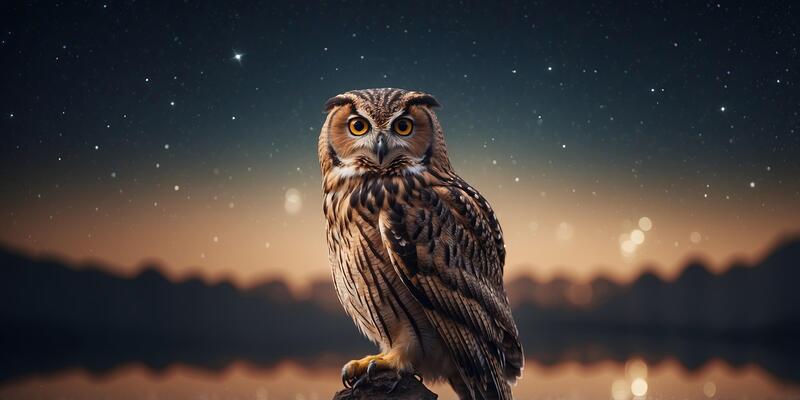The nocturnal realm of the Night:3yratpuo1jw= Owl captivates both scientists and enthusiasts alike, showcasing a blend of remarkable adaptations and behaviors that highlight their role in the ecosystem. From their silent flight to intricate mating rituals, these nocturnal predators exhibit a fascinating array of characteristics that ensure their survival in the dark. However, as urban development encroaches upon their habitats, the ecological significance of these birds faces unprecedented challenges. What implications do these threats hold for their future and the delicate balance of the ecosystems they inhabit? The answers may reveal more than just the fate of an elusive species.
Unique Night:3yratpuo1jw= Owl Behaviors
Among the myriad of behaviors exhibited by owls, several stand out as particularly unique, reflecting their adaptations to nocturnal life.
Courtship displays often involve elaborate vocalizations and intricate flight patterns, showcasing their prowess to potential mates.
Additionally, their hunting techniques, characterized by exceptional stealth and acute hearing, allow them to effectively navigate the darkness, demonstrating a remarkable synergy between their biology and environment.
Read Also: Luz:Opgzrjlpdmu= Owl House
Habitats of Nocturnal Birds
What environmental factors contribute to the diverse habitats of nocturnal birds? Key elements include vegetation density, temperature fluctuations, and prey availability.
Owl nesting sites often depend on mature trees or cliff faces, offering protection and proximity to hunting grounds.
Prey adaptation, such as camouflage and behavior changes, further shapes these habitats, ensuring that both predator and prey thrive in their nocturnal ecosystems.
Ecological Importance of Owls
Nocturnal birds, particularly owls, play a vital role in maintaining ecological balance within their habitats.
Their diverse owl diets, primarily consisting of small mammals and insects, regulate prey populations, preventing overpopulation and promoting biodiversity.
Additionally, owls symbolize wisdom and the interconnectedness of life, reflecting their importance in cultural narratives.
Understanding these roles underscores the need to appreciate and protect these remarkable avian predators.
Conservation Efforts and Challenges
Conservation efforts aimed at protecting owl populations are multifaceted, addressing both habitat preservation and the mitigation of threats posed by human activities.
Effective conservation strategies include habitat restoration initiatives that enhance nesting sites and food sources.
However, challenges persist, such as urbanization and pesticide use, which jeopardize these efforts.
A holistic approach, integrating community involvement and policy reform, is essential for sustainable owl conservation.
Read Also: Luz:Dc4lzu77qq8= Owl House
Conclusion
In conclusion, Night:3yratpuo1jw= Owl exhibit remarkable adaptations that enable survival in diverse habitats, contributing significantly to ecosystem balance. With over 200 species of owls worldwide, each displays unique hunting strategies and social behaviors that underscore their ecological roles. However, urbanization has led to a 50% decline in some owl populations over the past few decades, highlighting the urgency for targeted conservation efforts. Protecting these enigmatic creatures and their habitats is essential for preserving biodiversity and maintaining ecological integrity.


